Agenda
• Who is ORSAA and why was it formed?
• ORSAA Database
• What are the main bioeffect findings?
• TR 164 In-Vivo findings
Who we are
• ORSAA is a not-for-profit association comprised of scientists and professionals with
access to a broad range of academic disciplines
• Health Physics, Biochemistry, Environmental Health, Epidemiology, Microbiology, Physiology,
Endocrinology, Medicine, Epigenetics, Electrical Engineering, Psychology, etc.
• Membership includes Active and Retired Researchers, Medical Practitioners, Radiation
Health Scientists
• ORSAA has a primary focus on bio-effects associated with radiofrequency
electromagnetic radiation but extremely low frequency (ELF) fields are also included
• ORSAA’s ethos is to provide an independent perspective on the relevant science and
facilitate evidence-based decision making
How to find us go to -> www.orsaa.org
Why we established ORSAA
• To promote the preservation of health and human rights by advancing
knowledge and expertise pertaining to the science of non-ionizing radiation
• To promote the establishment and maintenance of a program to educate
scientists, medical professionals, education professionals, and interested
laypersons on RF Bioeffects
• To promote the establishment of ethical and professional RF Standards that
are biologically based for the long term benefit of the general public
• To promote the support and encouragement of scientific research
applicable to man-made non-ionizing radiation, health and well-being
• To ensure an independent viewpoint of the science is available to the
general public
ORSAA Database
• A tool for the general public and researchers alike to obtain
comprehensive information on RF bioeffect research findings
• Encapsulates ARPANSA database (WIP), monthly reports and TR 164
referenced studies
• Simplifies Research Tasks
• Easy to pull together relevant studies for Meta Analysis
• Help Researchers identify relevant papers for referencing in their own studies
• Clearly identifies areas where RF bioeffects are being found and the
exposure levels at which they are found
• Helps identify Potential biases, Funding influence on study outcomes,
Researcher Qualifications vs Findings etc.
ORSAA Database Features
• Over 1690 papers (Scientific Papers are being continually added)
• Comprehensive Search Capabilities
• Authors credentials and Institution details (where available)
• Abstract with Journal Links (Full Paper links available in some cases)
• Funding source (where available)
• Spectrum details
• Experimental Data with Statistical information
• Exposure details (SAR, Power Density, Exposure Time etc.)
• Animal Models
• End Points
• Effect Categories
ORSAA Database Future Roadmap
• Add support for Data Analytics
• Export of information to MS Excel Spreadsheet
• Provide Reporting Functionality
• Add ARPANSA In-Vitro and Human Provocation Studies
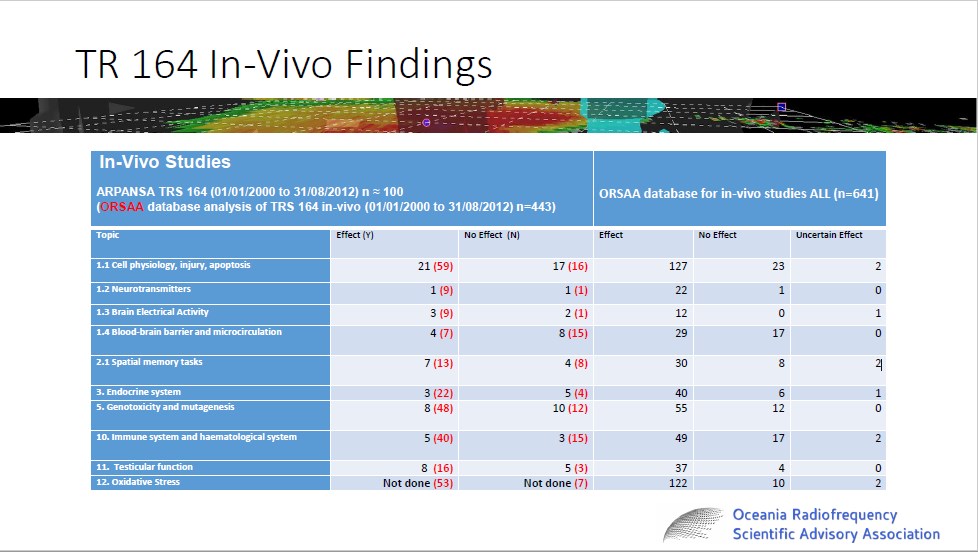
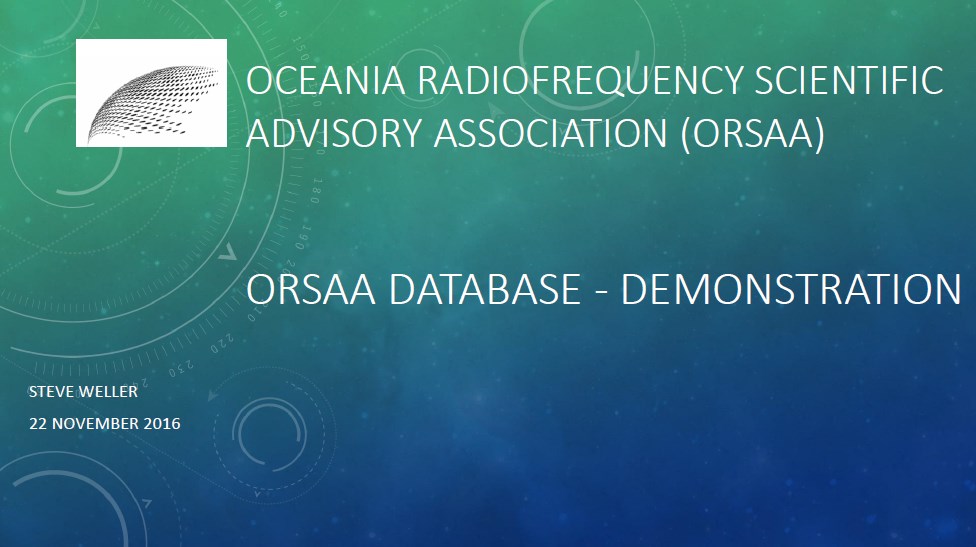
.jpg)
.jpg)
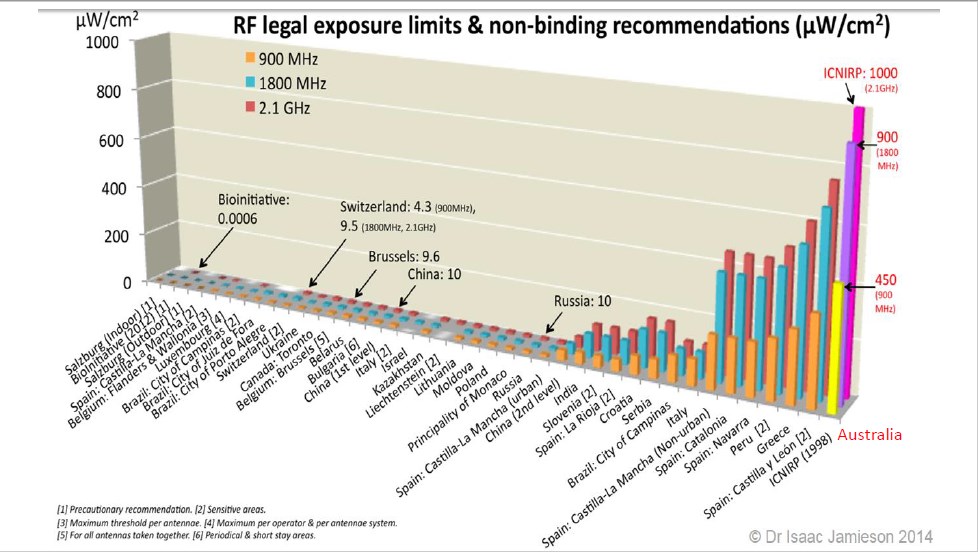
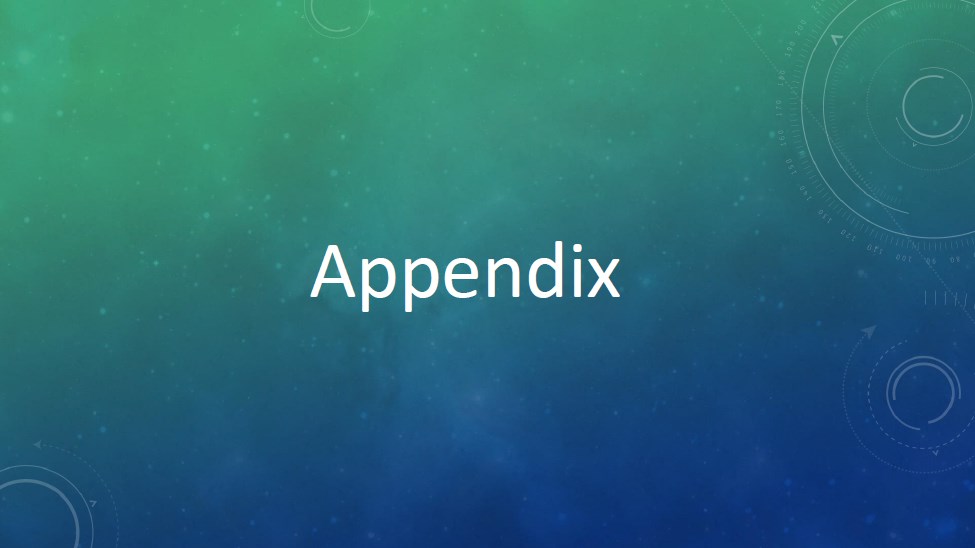
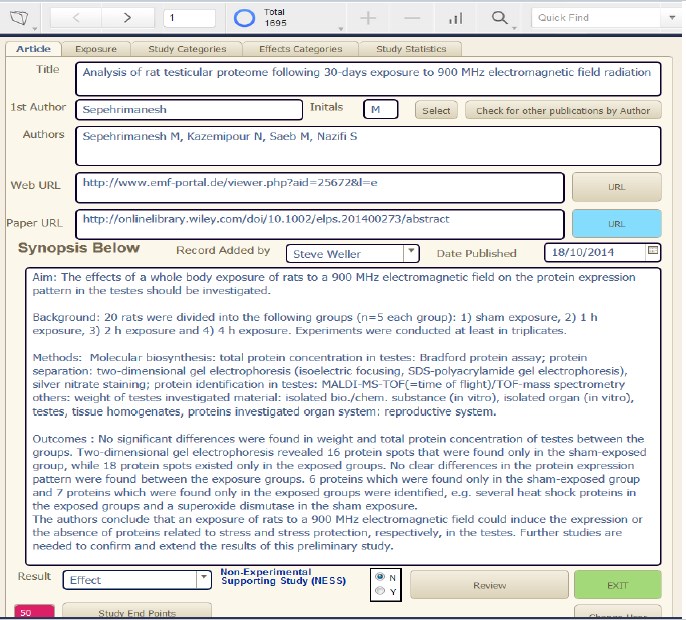
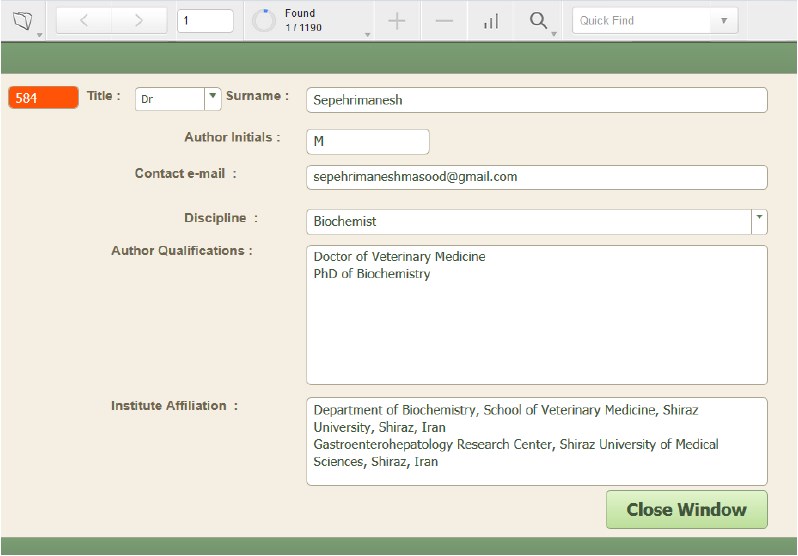
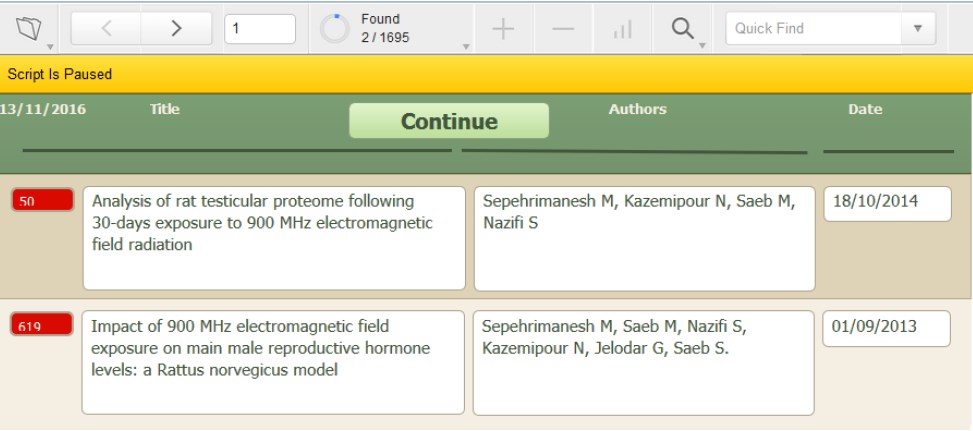
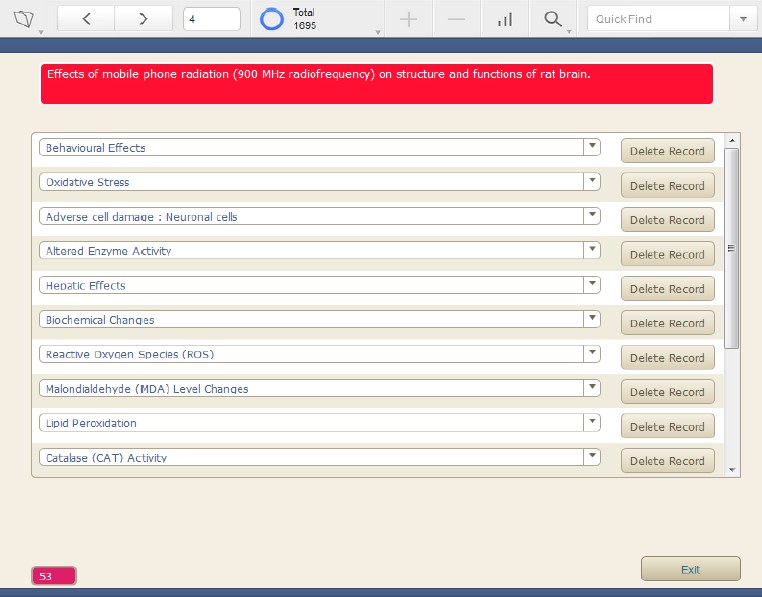
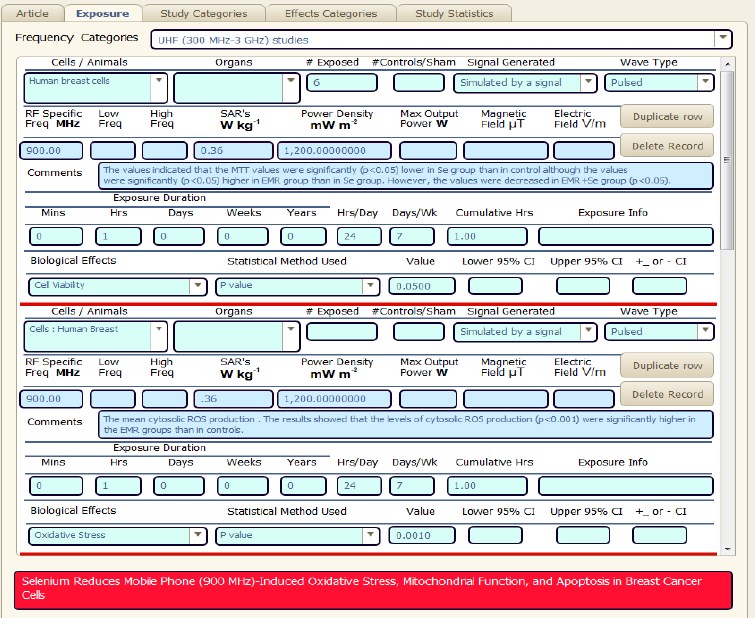
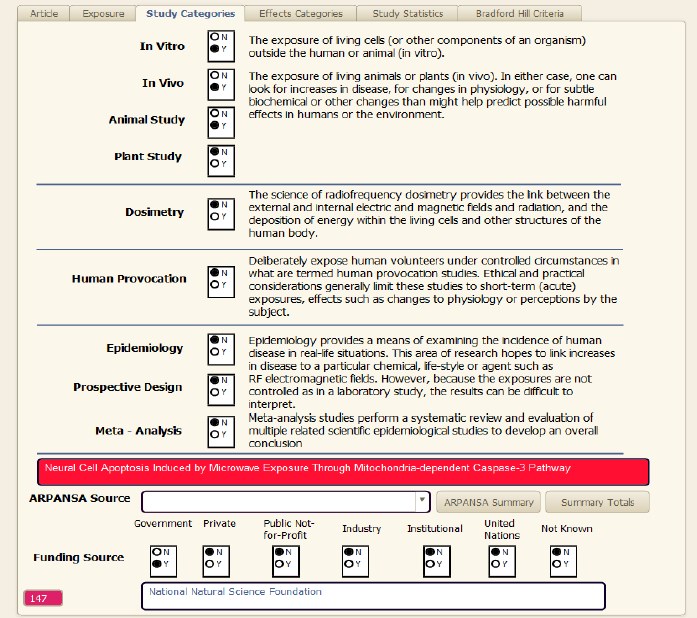
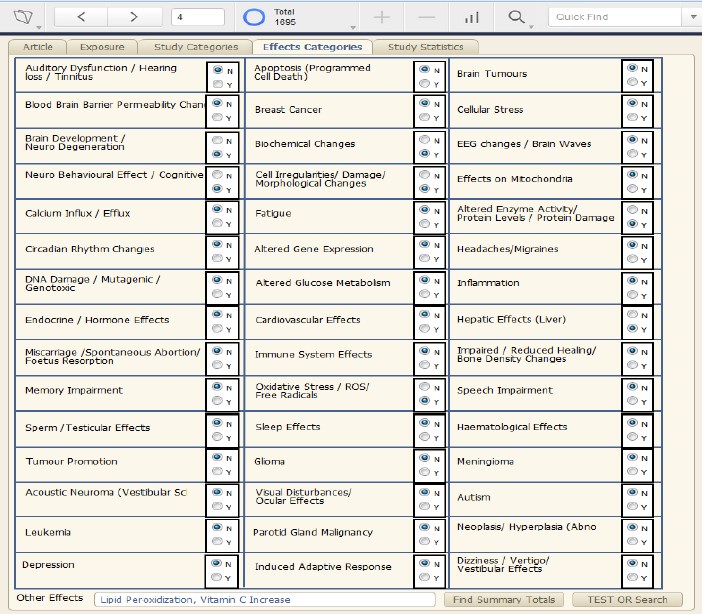
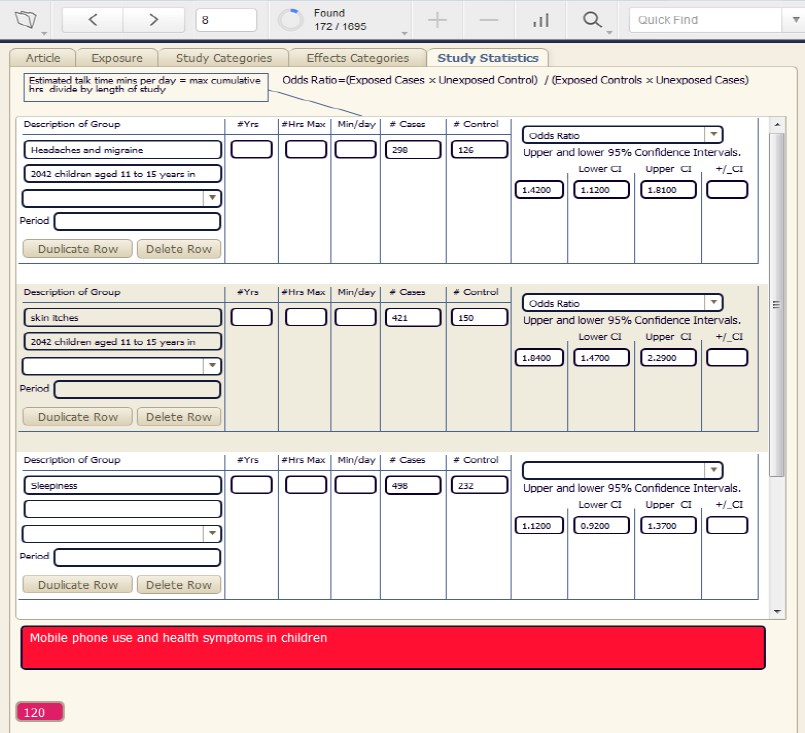

| 




.jpg)
.jpg)










